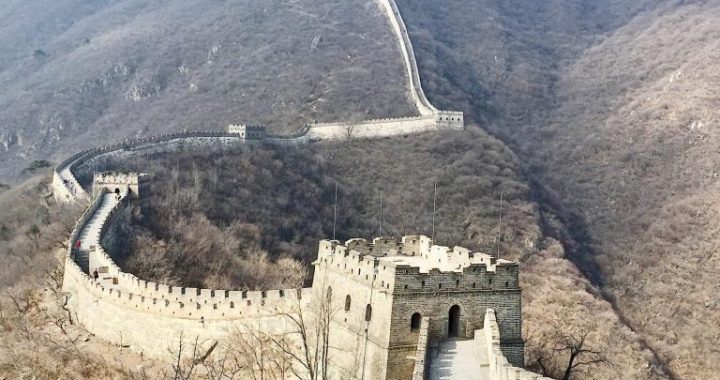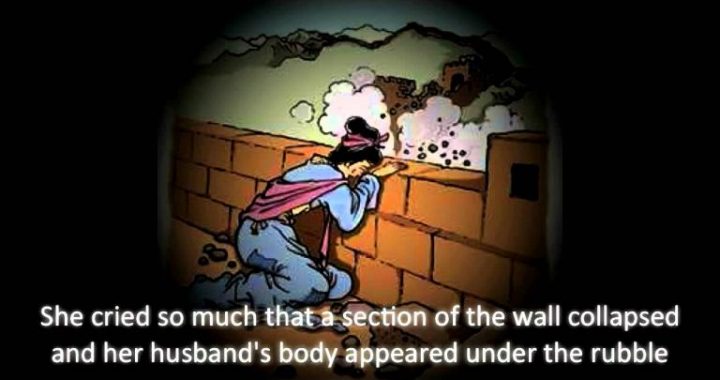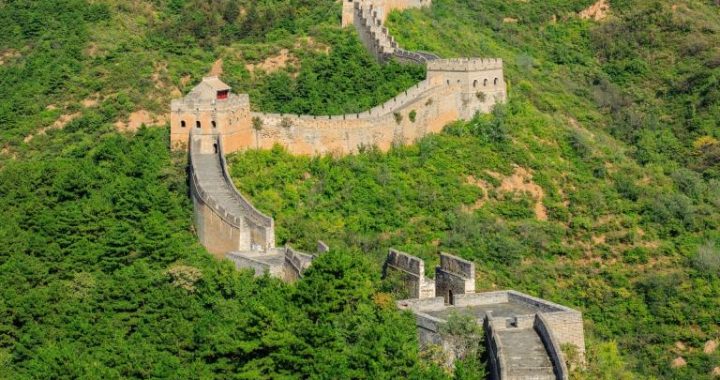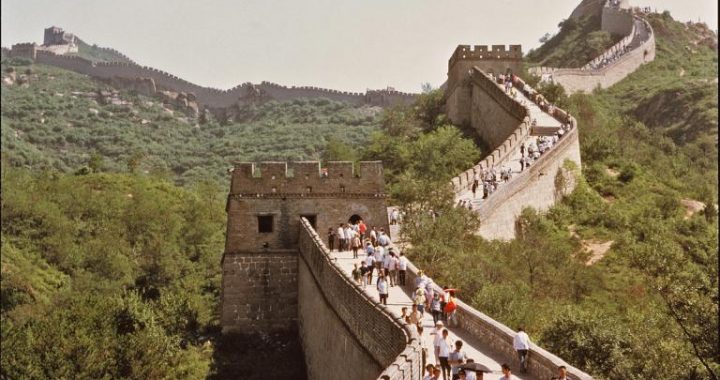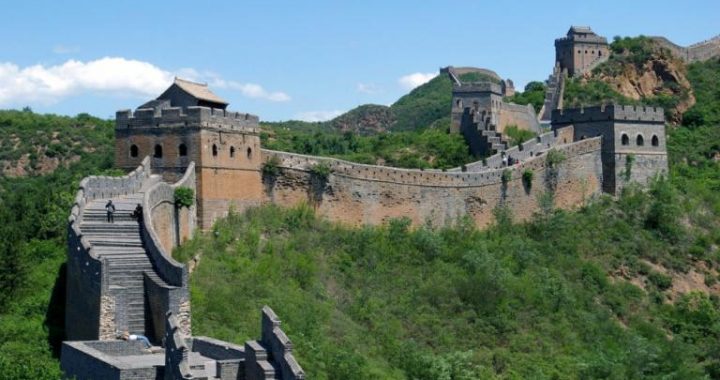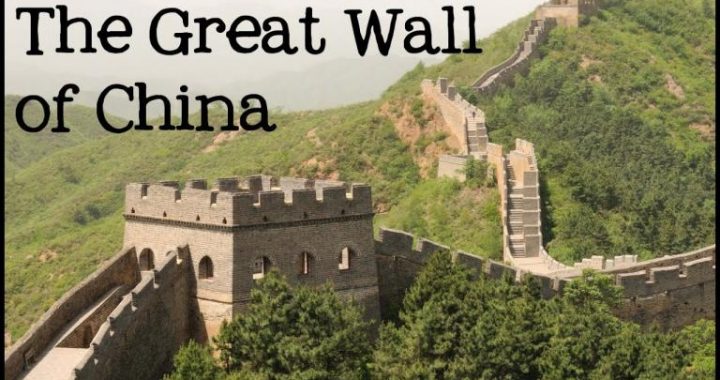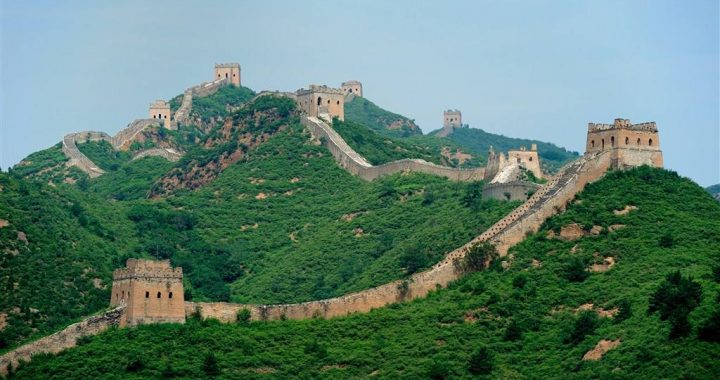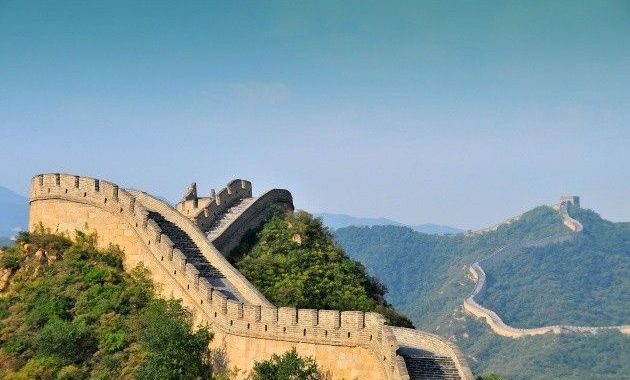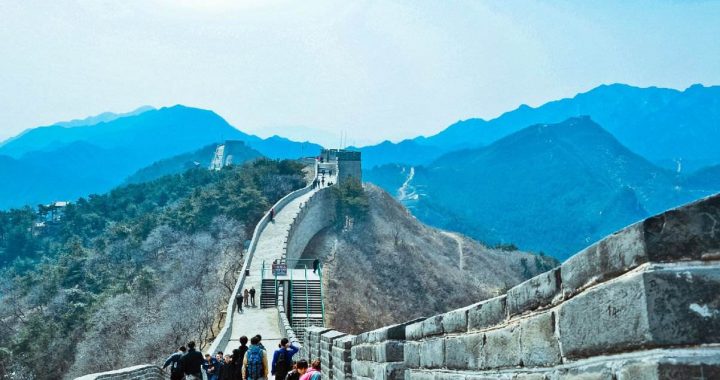The political Situation of the Han Dynasty and Xiongnu
5 min readIn the early Western Han dynasty(206 BC-25AD),Maodun,the son of ChanyuTouman of Xiongnu,killed his father and occupied the neighboring tribes in the way of swooping.He also kept trenching on the land of the central plains and became more and more powerful.
When in the central plain area Liu Bang was fighting with Xiang Yu with all his troops,Maodun seized the opportunity to intrude the south,besieging Mayi and attacking Taiyuan,and arrived at Jinyang City,which was located in the heartland of the Western Han dynasty(206 BC- 25AD).
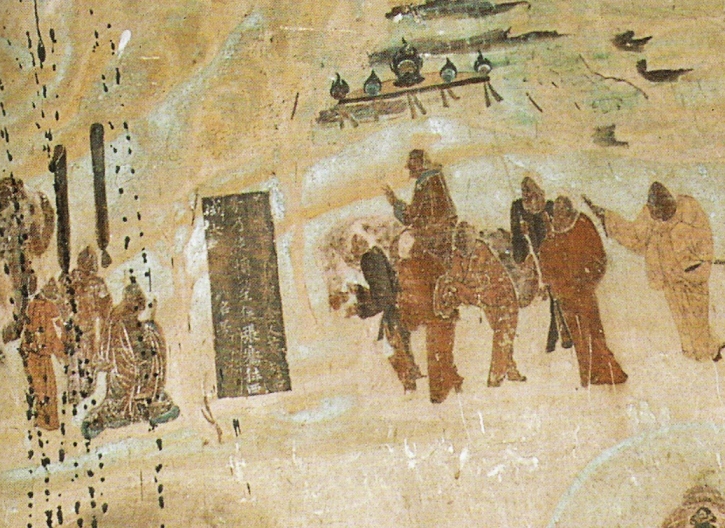
Then,Emperor Gaozu of the Han dynasty,Liu Bang,led 320,000 infantry and cavalries in person to”fight with the Xiongnu troops from Jinyang,and chased them northward till Pingcheng City after victories.”(Han Works:the Biography of Emperor Gaozu).However,because the Western Han dynasty(206 BC-25 AD)was established not long ago and the regime had to be cemented, the country couldn’t afford more troops to drive the Xiongnu people furthernorthward, therefore it once adopted the policy of cementing friendly relationthrough political marriages with Xiongnu. However, even in the decades with friendly relation, the Emperor Gaozu of the Han Xiongnu regime still didn’t dynasy, Liu Bang stop harassing the Han dynasty,”usually plundering in the border area of the Handynasty, for countless times”and”in the 14th year of Xiaowen reign of the Han dynasty, the Chanyu of the Xiongnu people led 140,000 cavalries and entered Chaonaand Xiaoguan Pass, killing the Duwei(a junior general) of Beidi, Mao, and plundering many people and their properties”(Historical Records: An Account of Xiongnu). Facing these harassment from the Xiongnu people, Emperor Wen and Emperor Jing struck back for many times and repaired the Great Wall built in the Qin dynasty (221 BC-206 BC). They set many beacon towers to pass the enemies’ situations along the line from Chang’ an to the Great Wall, greatly enhancing the defense system and fighting back the Xiongnu’s invasion more effectively.

Later, Emperor Wen and Emperor Jing adopted the advices of Jia Yi, Chao Cuo and so on, gradually pacified the rebellion of the princes and dukes in the early Han dynasty (206 BC-220 AD) and restored the remaining forces of the slave owners, so that the regime began to be much stable.
Emperor Wu of the Han dynasty(206 BC-220 AD) was an important person who, after Emperor Qin Shihuang unified the country, further cemented the centralized feudal country. He had long been precautious towards the Xiongnu people who loved plundering by nature, and decided to strike back uncompromisingly. In the 7th year after he was enthroned(in 134 BC), he appointed Weiwei (Minister of the Palace Guards) Li Guang as General of Valiant Cavalry to lead the troops to station in Yunzhong and Zhongwei(Minister of the Guard) Cheng Bushi as General of Chariots to station the troops in Yanmen.(Han Works: the Biography of Emperor Wu). However, during Yuanshuo reign(128BC-123BC), the Xiongnu troops kept invading the Han and killed many officials and people in Liaoxi, Shanggu and Yuyang. Therefore Emperor Wu commanded Wei Qing and Huo Qubing to lead the army to drive Xiongnu out. In order to prevent the swooping of the Xiongnu troops effectively, besides frontal attack with the enemy, fortifications should also be enhanced.
Emperor Wu of the Han dynasty (206 BC-220 AD)not only repaired the Qin Great Wall, but also built new Great Wall, whose scale and magnificence was high above the Qin Shihuang Great Wall. Emperor Wu mainly built the Great Wall in Hexi Corridor. According to the Historical Records: An Account of Dawan,”the Han Dynasty be The Western Han Great Wall from the outside of Yumenguan Pass gan to build the Great Wall in the west of Lingju, and it set Jiuquan Prefecture to communicate with the states in the northwest.”This was started from the mid-Yuanshou reignto build the Great Wall from Yongdeng(Lingju in the an-cient time) in Gansu Province to Jiuquan. In the 2nd year of Yuanshou reign(in 121 BC), Emperor Wu commanded General of the Flying Cavalry Huo Qubing to go to Longxi and drive the Xiongnu people away. The Duke Kunxie of Xiongnu killed Prince Xiutu and led 40,000 people to surender to the Han dynasty (206 BC-220 AD). Therefore Emperor Wu set up two prefectures in Hexi area, Wuwei and Jiuquan, and started the construction of the Hexi Great Wall from then on.
The Historical Records: an Account of Dawan also recorded that in the 6th year of Yuanding(in 111 BC) Emperor Wu commanded Zhao Ponu to defeat Xiongnu, and thereupon the Great Wallwas constructed from Jiuquan to Yumen. In the same year the Han dynasty (206BC-220 AD) set two prefectures of Zhangye and Dunhuang again. In the 4th year of Taichu reign (in 101BC), the Great Wall further extended from Yumen to the west till Yanze(the present-day Lopnur inXinjiang). Within less than 10years, the Hexi Great Wall of more than 1,000 kilometers was finished.

Emperor Wu further developed and improved the overall arrangement of the Great Wall, building many passes and fortresses, making the vast area in and out of the Great Wall an intrinsic defense system, with fortresses and passes built at certain intervals on strategic positions and connected with the beacon towers.
In order to fight back harassment from Xiongnu, develop the production of the dependent states in Western Region and protect the trunk road leading to the east, there again started the construction of the fortresses and the beacon towers in the west of Dunhuang and Loulan during Emperor Wu’s reign.
When Emperor Zhao was enthroned, he continued to implement the policy of fighting back Xiongnu after Emperor Wu, and “in the first year of Yuanfeng reign,Xiongnu sent 20,000 cavalries in four teams and entered the border of the Han dynasty (206 BC-220 AD); the Han troops chased them, killing and capturing 9,000 people, especially capturing Prince Outuo, while the Han troops didn’t have much loss.”Therefore Xiongnu “retreated to the northwest and dared not intrude the south any longer.
The Han dynasty (206 BC-220AD) moved people to Outuo.”(Zi-zhi-tong-jian, or General Mirror for the Aid of Government). Emperor Zhao also built the east section of the Great Wall and called on people to cultivate land in the garrison area, and “in the first month of the 6th year of Yuanfeng reign, he recruited people of Junguo to build Xuantu Town in Liaodong”(Han Works: the Biography of Emperor Zhao).
After Emperor Wu and Emperor Zhao, Emperor Xuan continued to build fortifications, further developing the production of the dependent states in Western Region. Inthe 3rd year of Dijie reign(in 67 BC), Emperor Xuan sent Vice Minister Zheng Ji to build the Great Wall and agri-cultural colonies in Quli, and in the 2nd year of Shenjue reign(in 60BC) the emperor appointed Captain of the Cavalry, Zheng Ji, as the protector-general of the WesternRegion, setting the Protectorate of the Western Region in Wulei City to administrate the 36 dependent states such as Wusun, Dawan, Kangju, Taohuai, Shule and Wulei and so on in Western Region.
Later the number of the dependent states in Western Region increased to 50, and “from post officers to princesand dukes, all bore the official seals of Han, totaling 376 people”.
